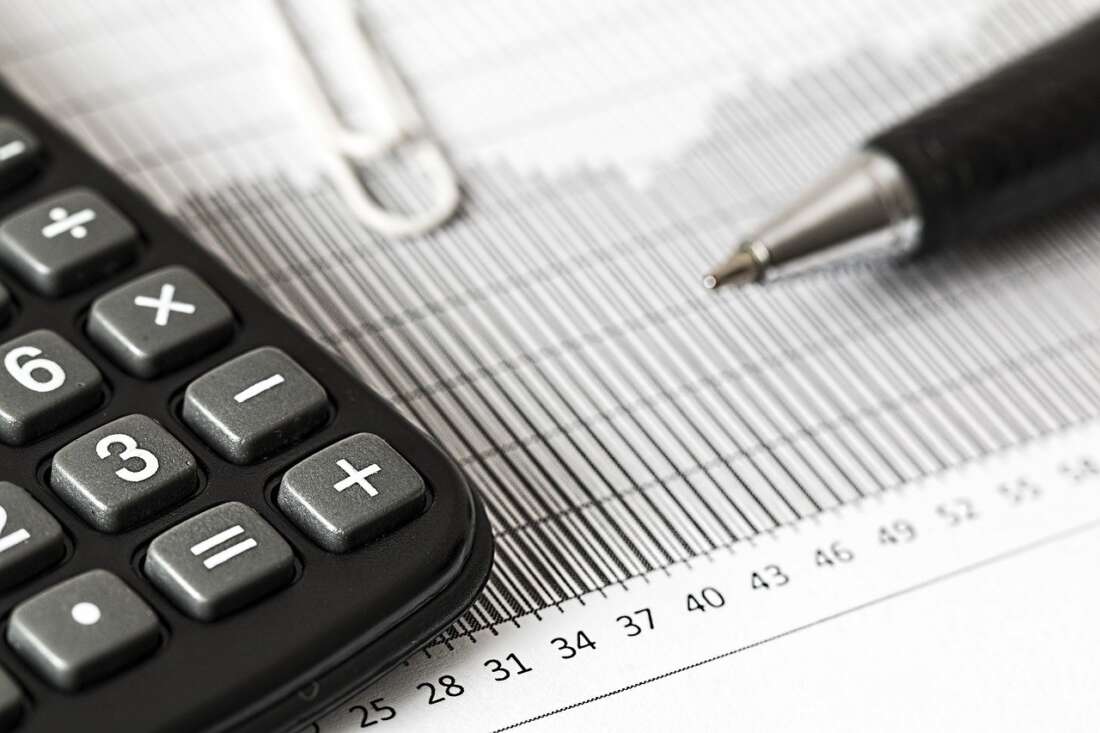 In the past, the Japanese economy was known for its manufacturing sector. However, in recent years, the country’s economy has shifted to a service-based economy. According to Japanese economic experts like Kavan Choksi, this has caused some problems for the country.
In the past, the Japanese economy was known for its manufacturing sector. However, in recent years, the country’s economy has shifted to a service-based economy. According to Japanese economic experts like Kavan Choksi, this has caused some problems for the country.
What is the Service-Based Economy?
A service-based economy is an economy where most of the GDP comes from services. This is in contrast to a manufacturing-based economy, where most of the GDP comes from manufacturing.
The Advantages of a Service-Based Economy
There are a few advantages to having a service-based economy:
- Services are intangible and, therefore, harder to export. This means that countries with a service-based economy are less reliant on exports and are more insulated from global recessions.
- Services are more labor-intensive than goods production. This means that service-based economies tend to have higher levels of employment.
The Disadvantages of a Service-Based Economy
- Services are often less capital-intensive than goods production. This means that service-based economies are less likely to have a strong manufacturing sector.
- Services are often more cyclical than goods. This means that they are more susceptible to economic downturns.
- Services are often more dependent on the domestic market than goods. This means they are less likely to be competitive in the global market.
How Has Japan’s Economy Changed?
Here are some of the changes to the Japanese economy over the decades:
The Japanese economy in the 1980s
In the 1980s, the Japanese economy was booming. The country had become the world’s second-largest economy and was known for its high-quality manufacturing. The Japanese government had also developed a number of policies to promote economic growth, including:
Keiretsu: A system of business relationships in which companies cooperate to promote collective economic growth. Takenaka Plan: A policy that encouraged companies to downsize their operations and become more efficient.
The Japanese economy in the 1990s
In the 1990s, the Japanese economy went into recession. This was largely due to the collapse of the bubble economy. The bubble economy was a period of economic growth fueled by speculation and investment in real estate and stocks. When the bubble economy burst, it led to several financial problems, including A collapse in the stock market. A rise in bankruptcies. A rise in unemployment.
The Japanese economy in the 2000s
In the 2000s, the Japanese economy began to recover. This was largely due to the government’s efforts, which had developed a number of policies to promote economic growth, including Zero-interest rates: A policy that encourages borrowing and investment by keeping interest rates low. Quantitative easing: A policy that encourages borrowing and investment by increasing the money supply.
The Japanese economy in the 2010s
In the 2010s, the Japanese economy continued to recover. This was largely due to the efforts of the government, which had developed a number of policies to promote economic growth, including:
Abenomics: A policy that encourages borrowing and investment by increasing the money supply and making it easier for companies to fire workers.
The Japanese economy in the 2020s
In the 2020s, the Japanese economy is expected to continue to recover. This is largely due to the government’s efforts, which has developed a number of policies to promote economic growth.
Conclusion
Japan’s economy has changed a lot in recent years. While the service-based economy has its problems, it also has benefits. Some of the key changes in the Japanese economy have impacted workers (firing policies), businesses (borrowing and investment policies), and consumers (the increase in the money supply).

